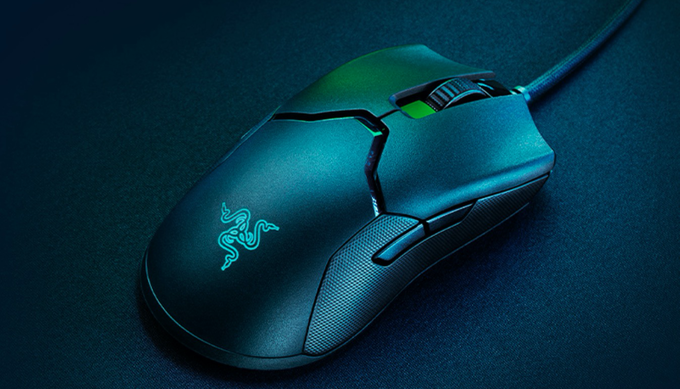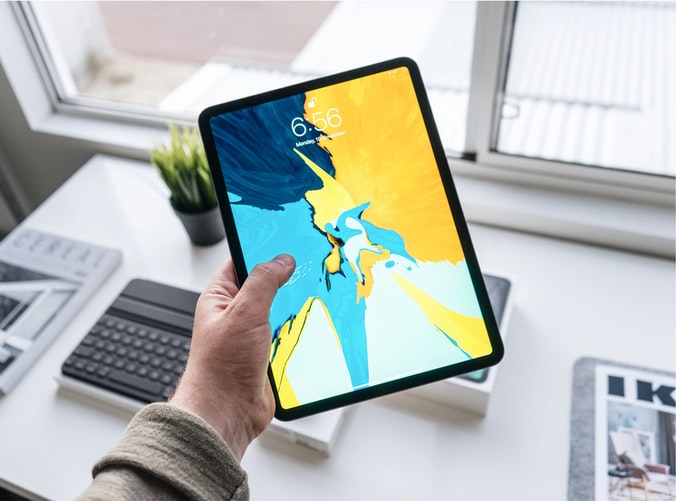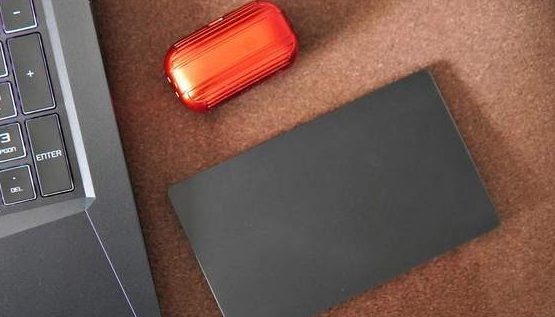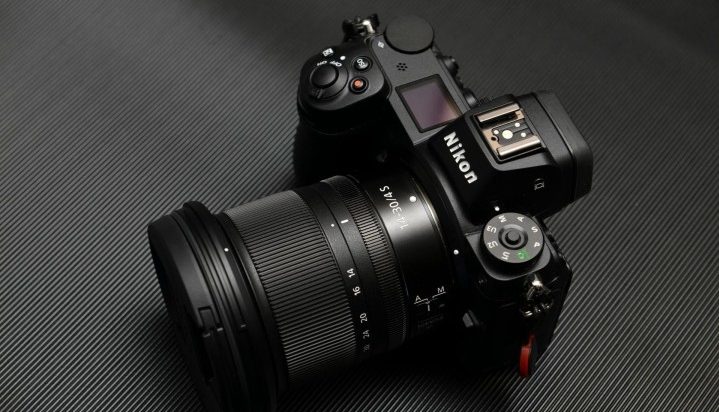Among the main specifications of the mouse, there is a polling rate, which simply means the frequency at which the mouse transmits signals to the computer CPU per second. In theory, the higher the polling rate, the lower the mouse input delay. In the game, it is naturally known that the mouse responds more “faster”. At present, the mainstream gaming mouse has a 1000Hz polling rate, but nowadays gaming peripherals require ultra-low latency, especially the gaming monitor can go to 360Hz refresh rate. In fact, the mouse’s polling rate must keep up, so Razer recently announced the Viper 8KHz mouse with a polling rate of up to 8000Hz.
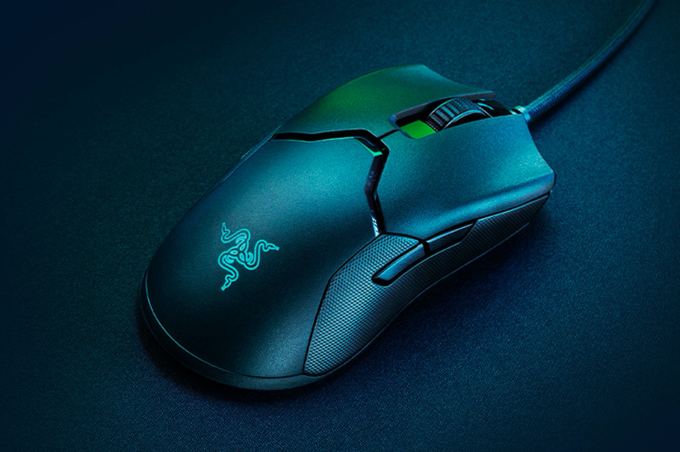
Razer’s new mouse is based on the original wired version of Viper, so it uses exactly the same mold, including a fully symmetrical body, except that the footpads are now white (the style of Razer’s new mouse), and the weight is the main difference of Viper 8KHz is that the internal MCU controller is upgraded to support 8000Hz polling rate. Razer calls HyperPolling technology. In addition, the new Viper also uses second-generation optical micro-motion. It is also a way for Razer to reduce the delay of mouse input. Other important things include the optical engine is now upgraded to FOCUS+, reaching 20000DPI, and the magical RGB lighting will naturally not be lacking.
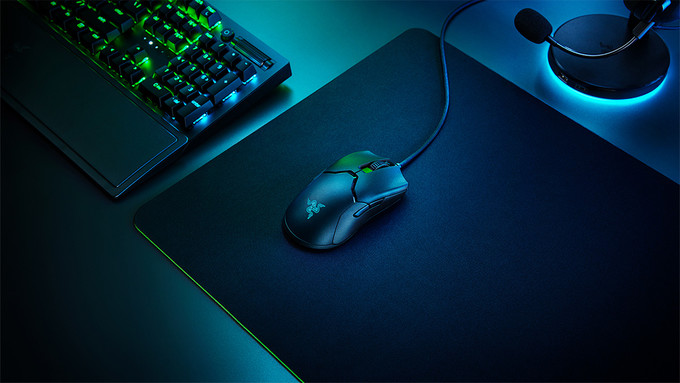
As we all know, the transmission delay of 1000Hz polling rate is 1ms, while 8000Hz is only 0.125ms. Not only the mouse itself but also the delay of the entire system (peripheral-CPU-GPU-display) can also significantly reduce the delay. Now Under the high refresh rate, the mouse with a higher polling rate is more suitable for the refresh rate of the screen, so it is better to use with it. In addition, because the transmission per second is more frequent, theoretically the movement track information transmitted by the mouse to the computer It will also be more accurate. Of course, these are just theories. At present, 1000Hz does not make them feel “not fast enough” for professional e-sports players.
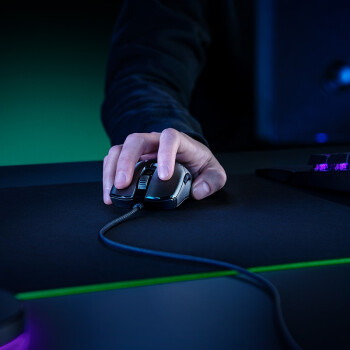
It should be noted that although high-end gaming mice are now turning to wireless, Viper 8KHz is still a wired connection. It should be mainly because the wireless connection is delayed, and the 8000Hz polling rate also brings greater power consumption.
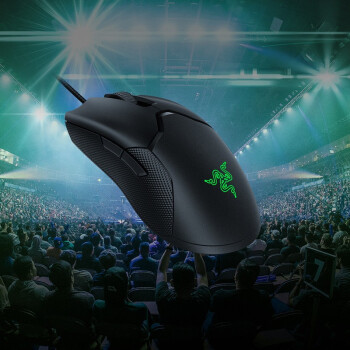
In the end, Razer Viper 8KHz will directly replace the original Viper, that is, the wired version of Viper that everyone will buy in the future will be this version.

